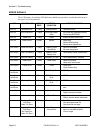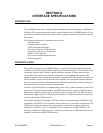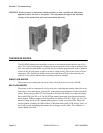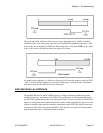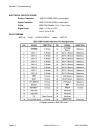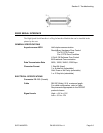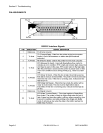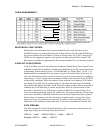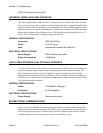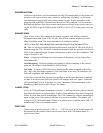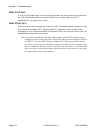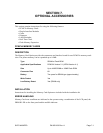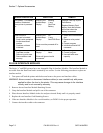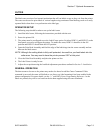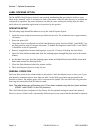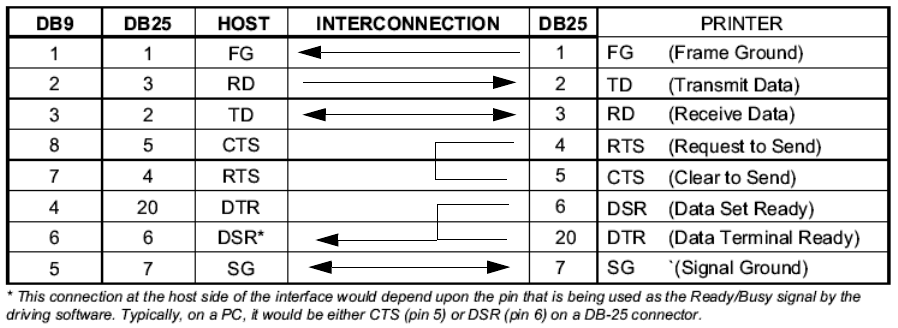
Section 6. Troubleshooting
SATO M-84PRO PN 9001105 Rev. A Page 6-7
CABLE REQUIREMENTS
READY/BUSY FLOW CONTROL
Ready/Busy is the hardware flow control method for the serial interface on the
M-84PRO printers. By raising/lowering the voltage level on Pin 20 of the RS232C port,
the printer notifies the host when it is ready to receive data. Pin 4 (RTS) and pin 20
(DTR) are the important signals on the printer for this method of flow control. The
host must be capable of supporting this flow control method for it to function properly.
X-ON/X-OFF FLOW CONTROL
X-On/X-Off flow control is used whenever hardware (Ready/Busy) flow control is not
available or desirable. Instead of a voltage going high/low at pin 20, control characters
representing ìPrinter Readyî (X-On =11 hexadecimal) or “Printer Busy” (X-Off = 13
hexadecimal) are transmitted by the printer on pin 2 (Transmit Data) to the host. In
order for this method of flow control to function correctly, the host must be capable of
supporting it. X-On/X-Off operates in a manner similar to the function of pin 20 (DTR)
as previously explained. When the printer is first powered on it sends an X-Off when
the “Buffer Near Full” level is reached and a X-On when the data level of the buffer
drops below the “Buffer Available” mark. When the printer is taken off-line manually, it
transmits an X-Off indicating it cannot accept data. When it is placed back on line
manually, it sends an X-On, indicating it is again available for receipt of data. If an
error occurs during printing (paper out, ribbon out), the printer sends an X-Off as soon
as an error condition is detected. When the error is cleared and the printer is placed
back on-line, it transmits an X-On indicating it is again ready to accept data. Upon
power up if no error conditions are present, the printer will continually send X-On
characters at five millisecond intervals until it receives a transmission from the host.
DATA STREAMS
The data streams for X-On/X-Off and Ready/Busy flow control are constructed in the
same way as they are for Ready/Busy flow control.
<ESC>A . . Job#1 . . <ESC>Z<ESC>A . . Job#n . . <ESC>Z
Example: <ESC>A . . Job#1 . . <ESC>Z




